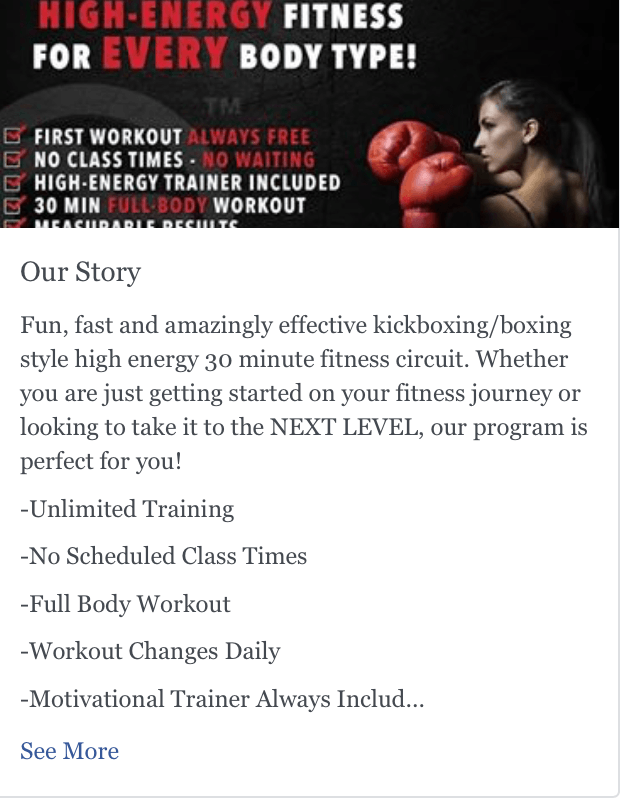How to Pick the Right Target Market

Marketing is exciting. It’s a great way to promote your business and drive new leads and sales.
However, amidst all of that excitement, it’s important to remember that even the best marketing campaign will fail if you aren’t targeting the right market.
Fortunately, if you take the time to think about things the right way, you can quickly and accurately identify the right target market for your business. And in this article, I’m going to show you how.
Target Acquired
Understanding your target market is the key to creating successful marketing campaigns. After all, if you don’t know who you are marketing to and what motivates them to buy, how will you pique their interest in your product or service?
To figure out who your target market is, there are three easy questions you can ask yourself. The answers to these questions will not only help you identify your target market, they’ll also help you understand how to best promote your business to that market segment.
Who are my existing customers?
The easiest way to identify potential customers for your business is to look at your current customers. Your product or service provides enough value that these people were willing to buy from you, so they are a great example of the kind of people who you should probably be targeting with your marketing.
That being said, most businesses have customers who buy from them for a variety of reasons. For example, if you’re a dentist, you probably have some patients who come in religiously every six months for a regular cleaning. Other patients might only come in when they have a toothache they need you to look at.
Which of these two groups do you think are most valuable to a dental practice?
Generally speaking, good marketing doesn’t just bring in new business. It brings in the right sort of business—profitable new sales that produce lifetime customers.
By taking a careful inventory of your ideal existing customers and why they use your product or service, you can figure out what your target market(s) should be and how to promote your offering to them. If your target market is motivated by the same needs, it should be an easy sell to convince them to buy your solution.
What am I selling?
In addition to knowing who your best current customers are, it’s important to think about what it is that you are selling. Different offers appeal to different people for different reasons, so they should have different target markets and messaging.
To put it simply, trying to market different things to the same market with the same tactics rarely works out well.
As a quick example, let’s imagine that you sell cookies. You’ve recently added gluten-free cookies as a new product that you want to start marketing.
How well do you think it will work if you try to market your health-conscious cookies to your regular cookie customers?
Most cookie fans don’t buy cookies because they are healthy. They buy them because they taste good. People who buy healthy cookies are a completely different target market—one that cares about ingredients more than flavor.
Odds are, if you try to market healthy cookies to a target market that cares about flavor, they won’t sell very well. Similarly, if you try to market regular cookies to a health conscious audience, they won’t sell well either.
The trick is to match what you’re selling to who you’re selling it to. Not only does your marketing message need to match your product or service, your target audience also needs to match, too.
Who are my competitors targeting?
One of the easiest ways to pick a target market is to see who your competitors are targeting. Now, I’m not saying that you should always directly fight the competition for the same target market, but taking a look at what the competition is doing can teach you a lot.
As a quick example, consider the following ad:

As you can see from the image above, this gym is offering intense kickboxing workouts on a flexible schedule. Who is their target market? Intense, busy people who need flexibility.
If you run the gym down the street, this ad gives you a few options. First, you can target the same audience and try to offer something this gym isn’t, like a dance aerobics class. Second, you can try to appeal to a market that they are ignoring by offering lower-intensity options like a yoga class. Third, you could try offering a lower price, a personal trainer, or anything that differentiates you from the competition.
See how much you can learn from checking out the competition? How your competitors are choosing to advertise tells you a lot about their target markets, which can help you pick which markets to target with your marketing.
Is my target market big enough?
The last question you need to ask yourself as you pick your target market is “How big is my target market?” The more specific you get with your target audience, the smaller that audience tends to be.
It’s easy to create targeted, highly effective campaigns for small, specific audiences, but your audience needs to be big enough to justify your time and effort.
One easy way to gauge whether or not a target market is big enough to invest in is to divide the size of the market by twenty. If the result is enough potential customers for you to be interested in, your target market is big enough. If it’s not enough people to make a difference to your business, it’s not a big enough market to target.
Conclusion
Ultimately, when you get right down to it, your marketing is only as good as your target market. But, if you take the time to pick the right target market, your marketing campaigns will ultimately be much more focused and effective.
